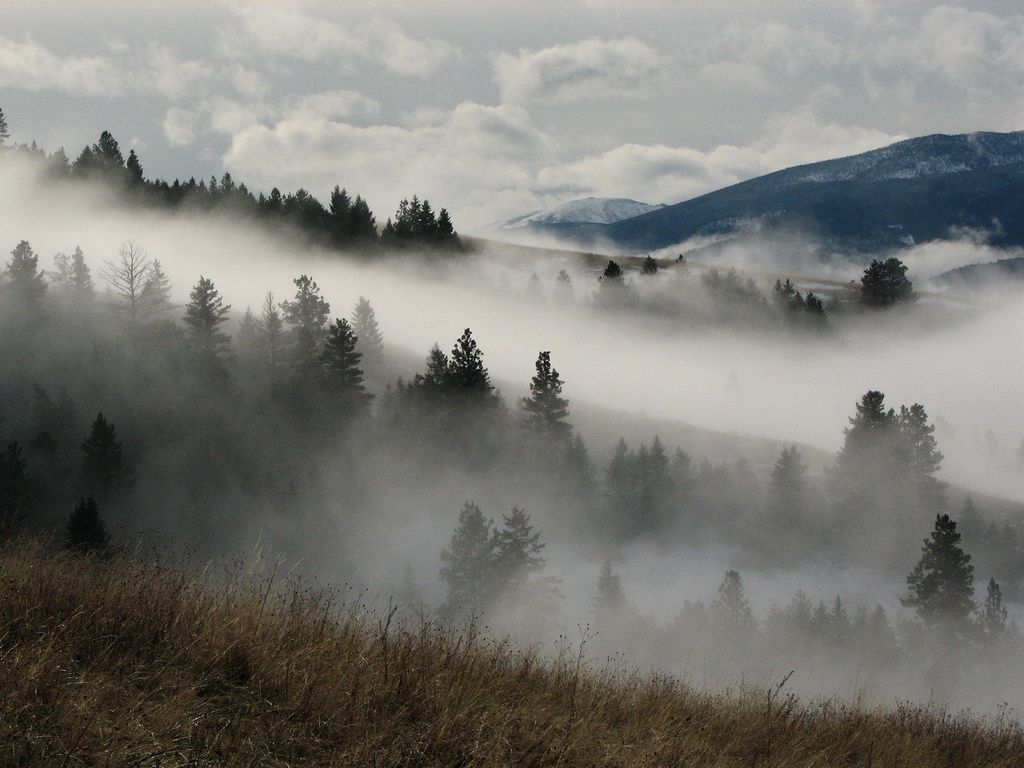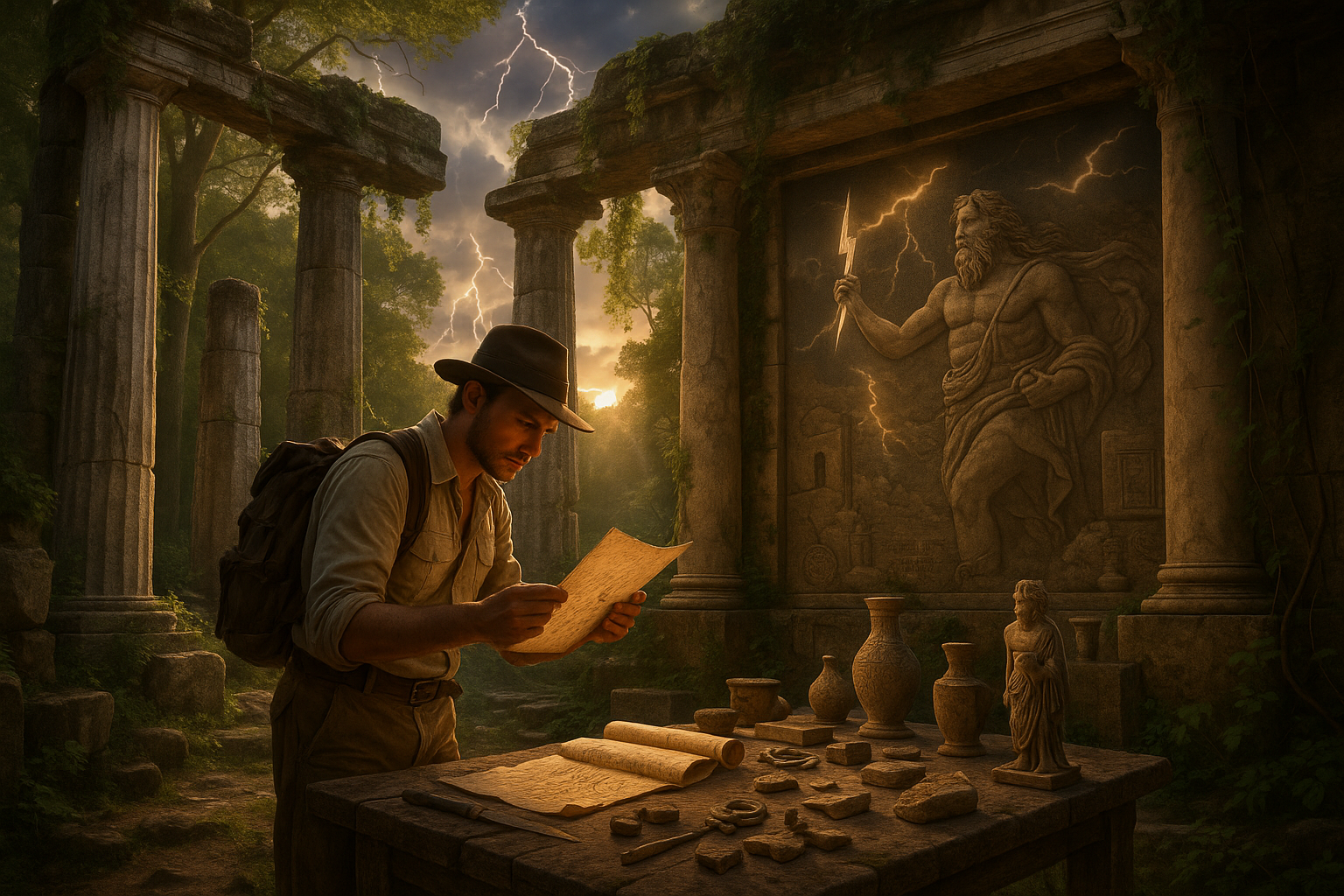Lightning stands as one of nature’s most spectacular displays, transforming the sky into a canvas of raw electrical energy that has captivated humanity throughout history. ⚡
Every second, approximately 100 lightning bolts strike Earth’s surface, creating a continuous symphony of light and sound that reshapes our atmosphere in ways both visible and invisible. These powerful electrical discharges don’t merely illuminate storm clouds—they actively sculpt our environment, influence chemical processes in the atmosphere, and leave lasting impressions on everything they touch. From the fulgurites formed when lightning strikes sand to the nitrogen fixation that enriches our soil, lightning serves as a master sculptor working with the most volatile of mediums.
The phenomenon of lightning represents far more than a simple electrical discharge. It embodies the dynamic interplay between earth and sky, between charged particles seeking equilibrium, and between chaos and order in atmospheric systems. Understanding lightning’s artistry requires us to look beyond the fleeting flash and examine the complex mechanisms, patterns, and consequences that make each bolt unique.
The Canvas of Storm Clouds: Where Lightning Begins Its Masterpiece
Before lightning can create its spectacular displays, the stage must be set within towering cumulonimbus clouds. These massive atmospheric structures, sometimes reaching heights of 50,000 feet or more, serve as nature’s charging stations. Within these clouds, ice particles, water droplets, and graupel (soft hail) collide constantly in turbulent updrafts and downdrafts, creating a separation of electrical charges that sets the foundation for lightning’s artistry.
The upper regions of storm clouds typically accumulate positive charges, while negative charges concentrate in the lower portions. This charge separation creates an electric field of immense proportions, sometimes exceeding millions of volts. When the electrical potential becomes too great for the insulating properties of air to contain, nature releases this energy in the spectacular phenomenon we call lightning.
Scientists have identified that the charge separation process involves complex interactions between different types of precipitation particles. Smaller ice crystals, carried upward by strong updrafts, tend to become positively charged, while larger, heavier graupel particles that fall through the cloud acquire negative charges. This systematic organization creates the electrical architecture necessary for lightning’s dramatic performances.
Brushstrokes of Electricity: The Many Faces of Lightning ⚡
Lightning manifests in numerous forms, each representing a different technique in nature’s artistic repertoire. Cloud-to-ground lightning, the most familiar type, accounts for approximately 25% of all lightning strikes. These bolts create the iconic forked patterns that illuminate storm-darkened skies, with each branch representing a path of least resistance through the atmosphere.
Intracloud Lightning: The Hidden Gallery
The most common form of lightning actually occurs entirely within clouds, hidden from direct view but visible as diffuse illumination that makes entire cloud formations glow. These intracloud discharges represent nature working on an internal canvas, redistributing charges within the storm structure itself. Sheet lightning, as observers often call it, creates ethereal displays that transform clouds into luminous sculptures against the night sky.
Cloud-to-Cloud and Spider Lightning: Horizontal Masterworks
When electrical discharges travel between separate storm cells, they create horizontal lightning displays that can stretch for miles across the sky. Spider lightning, a spectacular variant, spreads across the underside of clouds in branching patterns that truly resemble arachnid legs extending across an atmospheric ceiling. These horizontal discharges demonstrate lightning’s ability to work across vast canvases, connecting disparate elements of storm systems in brilliant networks of energy.
Upward Lightning: Reversing the Traditional Flow
Tall structures like skyscrapers, telecommunications towers, and mountain peaks can initiate upward-moving lightning strikes. These unique discharges begin from the ground and travel skyward, reversing the typical pattern. Upward lightning represents nature’s response to human-made changes in the landscape, demonstrating the adaptive quality of atmospheric electrical processes.
The Speed of Creation: Lightning’s Temporal Artistry ⏱️
The creation of a lightning bolt occurs with breathtaking speed, yet the process involves distinct phases that unfold in fractions of a second. Understanding this temporal dimension adds another layer to appreciating lightning’s artistry—it’s not just about the final visible product but the rapid sequence of events that brings each bolt into existence.
The process begins with a stepped leader, an invisible channel of ionized air that descends from the cloud in a zigzag pattern, advancing in steps of approximately 50 meters at a time. This leader moves at roughly 200,000 miles per hour, seeking the path of least resistance toward the ground. When the stepped leader approaches the earth, upward streamers of positive charge rise from elevated points, competing to connect with the descending channel.
The moment connection occurs, the main event begins—a return stroke that travels from ground to cloud at speeds reaching one-third the speed of light. This return stroke carries the brilliant light we perceive as lightning, heating the channel to temperatures exceeding 30,000 Kelvin—five times hotter than the surface of the sun. Multiple return strokes can occur along the same channel in rapid succession, creating the flickering effect often observed in lightning bolts.
Nature’s Sculpting Tools: Physical Effects of Lightning Strikes
Lightning doesn’t merely paint pictures across the sky—it actively sculpts and transforms the physical world. The extreme temperatures and pressures generated by lightning strikes create lasting changes in materials they contact, leaving artistic signatures that persist long after the storm has passed.
Fulgurites: Lightning’s Glass Sculptures 🏺
When lightning strikes sandy soil, the electrical current can fuse silica particles together, creating tubular glass structures called fulgurites. These natural glass sculptures trace the path of lightning through soil, sometimes extending several feet underground. Each fulgurite represents a unique artwork, with branching patterns and textures that reflect the specific conditions of its creation. Collectors and scientists value these objects both for their aesthetic appeal and their scientific information about lightning characteristics.
Tree Strikes: Woodcarving on a Massive Scale
Lightning-struck trees display dramatic scarring patterns where the electrical current travels through the trunk, often following the moisture-rich phloem layer just beneath the bark. The explosive vaporization of sap and moisture can strip bark away in spiral patterns, split trunks vertically, or even explode entire trees. These natural wood sculptures stand as testament to lightning’s tremendous power, creating living monuments that can persist for decades.
Atmospheric Nitrogen Fixation: Chemical Artistry
Beyond visible transformations, lightning performs essential chemical artistry in the atmosphere. The intense heat and pressure of lightning strikes break apart nitrogen molecules in the air, allowing them to combine with oxygen to form nitrogen oxides. These compounds eventually reach the soil through precipitation, providing essential nutrients for plant growth. Lightning thus acts as a global fertilization system, contributing an estimated 5-8% of the total nitrogen fixation on Earth.
Color Palette of the Storm: Understanding Lightning’s Hues 🎨
While we typically envision lightning as white or blue-white, atmospheric conditions can paint lightning bolts in various colors, each telling a story about the environment through which the electrical discharge travels. The color of lightning results from the interaction between the electrical energy and atmospheric particles, creating a natural color palette that varies with each storm.
Blue lightning, the most common color, results from nitrogen molecules in the atmosphere. Red lightning often indicates the presence of rain in the air between the observer and the strike, while yellow or orange hues suggest high concentrations of dust or sand particles. Purple lightning can occur when there’s high atmospheric humidity, combining blue light with red from moisture particles. These color variations transform each lightning display into a unique chromatic performance.
Rare Atmospheric Phenomena: Lightning’s Exclusive Gallery
Some lightning manifestations occur so rarely that scientists only recently confirmed their existence. These exotic forms represent lightning’s most exclusive artistic expressions, visible only under specific conditions and often requiring special equipment or positioning to observe.
Sprites, Elves, and Blue Jets: The Upper Atmosphere Collection
High above ordinary lightning, transient luminous events create ghostly displays in the mesosphere and stratosphere. Red sprites extend upward from cloud tops like tentacles, reaching altitudes of 50 miles or more. Blue jets shoot upward in cone shapes from thunderstorm tops. Elves create expanding rings of light in the ionosphere. These phenomena, invisible to casual observers on the ground, represent lightning’s influence extending far beyond the troposphere, creating art galleries in atmospheric layers previously thought immune to storm effects.
Ball Lightning: The Controversial Masterpiece
Ball lightning remains one of nature’s most mysterious phenomena—floating spheres of light that persist for seconds after ordinary lightning strikes. Witnesses describe luminous orbs ranging from golf ball to beach ball size, moving independently and sometimes passing through solid objects before dissipating. Despite thousands of reported sightings, ball lightning’s rarity and unpredictability have made scientific study extremely challenging, leaving this particular form of lightning’s artistry largely unexplained.
Thunder: Lightning’s Acoustic Signature 🔊
No discussion of lightning’s artistry would be complete without addressing thunder—the sonic sculpture created by lightning’s thermal energy. The extreme heating of air along the lightning channel causes rapid expansion, creating a shock wave that propagates outward as sound. The rumbling, rolling quality of thunder results from sound waves reaching observers at different times from various points along the lightning channel’s length.
Thunder provides valuable information about lightning strikes. By counting seconds between flash and thunder, observers can estimate distance—approximately one mile for every five seconds of delay. The character of thunder also reveals information about the lightning type: sharp cracks indicate nearby strikes, while distant rumbles suggest far-away discharges or intracloud lightning.
Human Responses: Capturing Lightning’s Ephemeral Art 📸
Humans have long sought to capture and preserve lightning’s fleeting displays. Lightning photography has evolved into a sophisticated art form, with photographers employing specialized equipment and techniques to freeze these momentary sculptures in permanent images. Long exposures allow cameras to capture multiple strikes in single frames, creating compositions impossible for the human eye to perceive in real-time.
Modern technology has expanded our ability to study and appreciate lightning’s artistry. High-speed cameras reveal details of stepped leaders and return strokes invisible to normal perception. Radio receivers detect electromagnetic signatures of lightning strikes, creating maps of storm electrical activity. Satellite sensors monitor lightning from space, revealing global patterns and frequencies that inform our understanding of atmospheric electricity.
Lightning’s Role in Earth’s Electrical System 🌍
Lightning functions as a crucial component in Earth’s global electrical circuit. The planet’s surface carries a negative charge, while the upper atmosphere maintains a positive charge, creating a potential difference of approximately 300,000 volts. Fair-weather electric fields slowly discharge this system, but lightning replenishes the charge separation, maintaining the global electrical balance.
This planetary-scale electrical system influences numerous atmospheric processes. It affects cloud formation, precipitation patterns, and even the chemistry of the upper atmosphere. Lightning thus serves not merely as a spectacular display but as an essential maintenance mechanism for Earth’s electrical infrastructure, constantly sculpting and reshaping the electromagnetic environment that surrounds our planet.
Safety and Respect: Appreciating Nature’s Power Responsibly
While lightning’s artistry deserves appreciation, its danger demands respect. Lightning kills an average of 20 people annually in the United States alone, with hundreds more injured. Understanding lightning safety becomes essential for anyone who spends time outdoors during thunderstorms.
The 30-30 rule provides a practical safety guideline: seek shelter if you count fewer than 30 seconds between lightning and thunder, and wait 30 minutes after the last thunder before resuming outdoor activities. No place outside is safe during thunderstorms—substantial buildings and enclosed metal vehicles offer the best protection. Avoiding open fields, isolated trees, and bodies of water during storms significantly reduces lightning strike risk.
Climate and Lightning: A Changing Artistic Expression 🌡️
Climate change appears to be influencing lightning patterns globally. Research suggests that lightning frequency increases approximately 12% for every degree Celsius of warming. This occurs because higher temperatures increase atmospheric water vapor and instability, creating conditions more favorable for thunderstorm development and, consequently, lightning production.
Changes in lightning patterns carry implications beyond aesthetics. Increased lightning frequency may affect wildfire ignition rates, particularly in regions becoming drier due to climate change. Altered lightning patterns could also influence atmospheric chemistry, nitrogen fixation rates, and electromagnetic environments. As Earth’s climate continues changing, lightning’s artistry may evolve, creating new patterns and frequencies that future generations will study and appreciate.
Legacy of Light: Lightning’s Enduring Impact on Human Culture
Throughout history, lightning has shaped human mythology, religion, and culture. Ancient peoples attributed lightning to angry deities—Zeus, Thor, Jupiter—wielding celestial weapons. Many cultures developed elaborate rituals and beliefs around lightning and thunder, recognizing both the power and mystery of these atmospheric phenomena.
Modern understanding has replaced supernatural explanations with scientific knowledge, yet lightning retains its capacity to inspire awe. It appears in literature, art, and popular culture as a symbol of power, transformation, and natural majesty. Lightning’s influence extends from corporate logos to sports team names, demonstrating its enduring resonance in human consciousness.
The scientific study of lightning continues revealing new dimensions of this atmospheric artistry. Researchers explore lightning’s role in creating the chemical precursors to life, its influence on atmospheric ozone, and its potential as a renewable energy source. Each discovery adds depth to our appreciation of lightning’s complexity and significance.
Lightning stands as nature’s most dynamic sculptor, working with electrical energy, heat, light, and sound to create ephemeral masterpieces across our atmosphere. From the towering cumulonimbus clouds where charge separation begins to the lasting physical transformations left in lightning’s wake, every aspect of this phenomenon demonstrates the artistic potential inherent in natural processes. As we continue studying lightning through advanced technology and scientific methods, we uncover ever more intricate details of its artistry—the subtle color variations, the rare high-altitude phenomena, the global electrical patterns it maintains. Lightning reminds us that nature’s most powerful forces can simultaneously destroy and create, threaten and fertilize, terrify and inspire. In appreciating lightning’s artistry, we connect with something fundamental about our planet’s atmospheric dynamics and our place within natural systems that operate on scales far beyond human control. The next time storm clouds gather and the first flash illuminates the sky, take a moment to recognize lightning not merely as a meteorological event but as nature’s powerful atmospheric sculptor at work, creating art from electricity, air, and the fundamental forces that shape our world. ⚡
Toni Santos is a visual storyteller and artisan whose creations celebrate the poetry of the natural world. Through his thoughtful artistic lens, Toni captures the elegance of botanical forms, transforming them into meaningful expressions of symbolism, resilience, and timeless beauty.
His journey is deeply rooted in a passion for flora and the mysteries they carry. From the shape of a petal to the curve of a vine, each design Toni brings to life reflects a deeper narrative — one of growth, transformation, and harmony with nature. Whether crafting symbolic floral jewelry, enchanted botanical illustrations, or seasonal visual studies, Toni’s work evokes the quiet magic found in Earth’s most delicate details.
With a background in handcrafted artistry and visual design, Toni blends technique with intention. His creations do more than decorate — they speak, often inspired by ancient meanings behind flowers, the cycles of the seasons, and the invisible bonds between nature and spirit.
As the creative voice behind Vizovex, Toni shares this botanical journey with the world, offering curated stories, handcrafted collections, and thoughtful articles that help others reconnect with nature’s symbolism and artistic essence.
His work is a tribute to:
The quiet power of flowers and their messages
The art of visual symbolism in everyday life
The beauty of slowing down to see what’s hidden in plain sight
Whether you’re an artist, a nature lover, or someone drawn to the deeper meanings behind the natural world, Toni welcomes you to explore a space where aesthetics meet soul — one petal, one story, one creation at a time.





